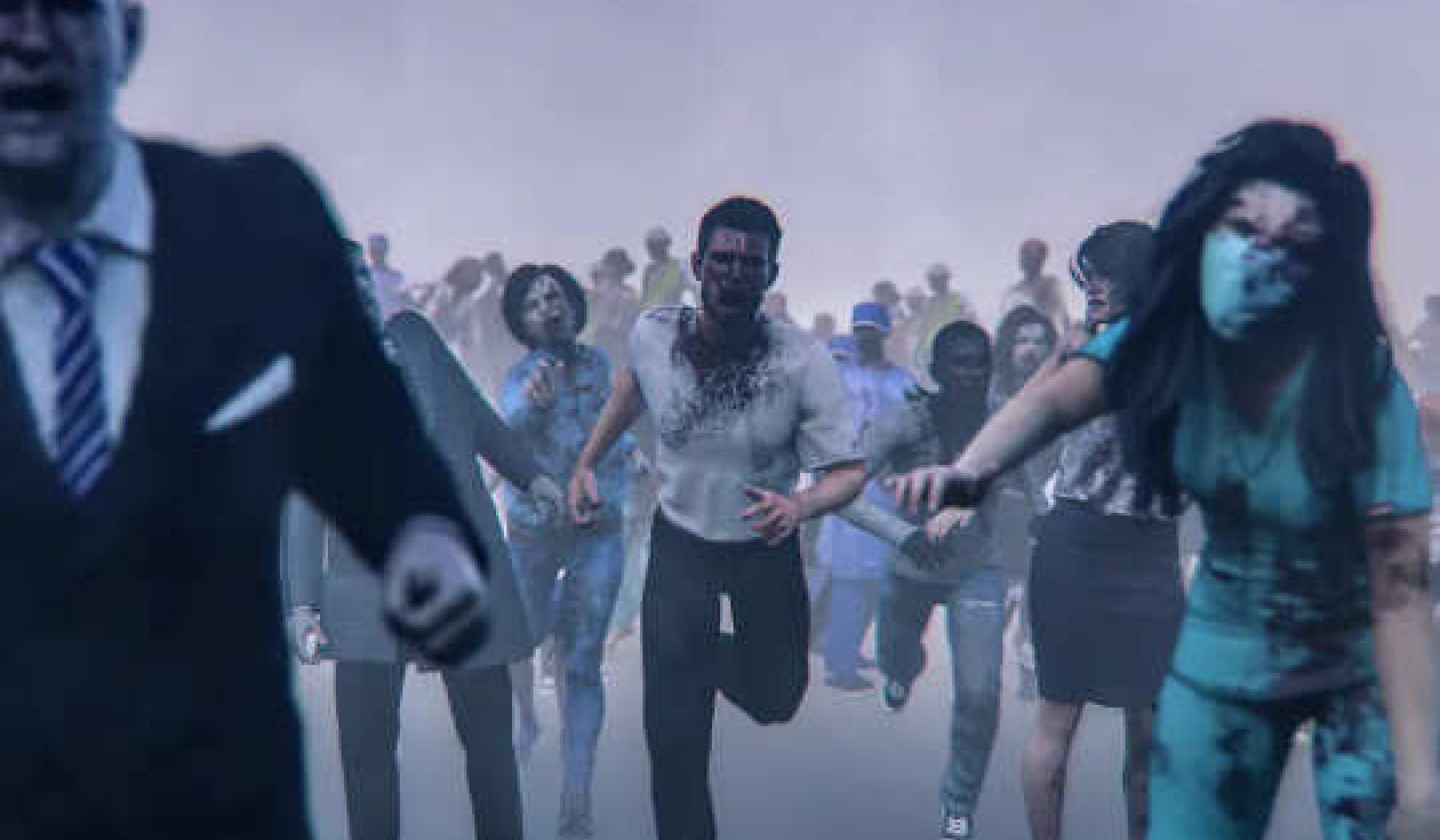
Image from Pixabay
Narrated by the author.
Watch video version on InnerSelf.com or on YouTube
Although a traumatic event or life experience often leaves us with a painful or even devastating personal aftermath, it can also be a hidden gift, a doorway into deeper and wider levels of consciousness that are only now beginning to be explored by science. Some people who have survived severe and ongoing trauma report that in their darkest hours they found the deepest resource—an unshakable feeling of great meaning, or a sense of spirit, or of God.
This feeling often stays with them, as a sense of faith or gratitude, or as a constant reminder of the preciousness of life. For this reason, trauma can sometimes be experienced as a gateway to spirit, or to the discovery of an indestructible part of our being.
Despite their differences, spiritual openings and traumatic responses seem to have a great deal in common at the level of brain function. At the deepest level of brain organization, the autonomic nervous system, trauma often activates the highest arousal levels and the deepest immobility at the same time. In formal spiritual training systems, the same spontaneous emergence of arousal and immobility in the organism instead heralds deep experiences of spiritual opening.
Can Meditation Activate Trauma?
I remember the first time that I read Newberg and d’Aquili’s description of the paradoxical activation in spiritual experiences. I felt that proverbial light bulb go off in my head: “Wait a minute, the authors are describing the same thing that happens in traumatic freeze states? The sympathetic flight-or-fight state is highly activated, and at the same time the parasympathetic collapse/freeze takes over! How can meditative states and trauma states do the same thing?”
The person in traumatic paradoxical activation is immobile and may even feel paralyzed (parasympathetic reaction) in an intolerable situation, while heart rhythm and blood pressure are at their highest level (sympathetic reaction). This means that it may be wise to approach the paradoxical activation of meditative states slowly, to let our ancient survival systems get used to the heightened intensity and learn that this experience is not life-threatening. In fact, it is often helpful to actively move out of states of heightened intensity, to stretch and move and then settle again. This “teaches” the nervous system how the transition between more ordinary states of consciousness and paradoxical ones can be more easily managed.
I place a strong emphasis on transitions. Without skill in transitioning, intense neutral witnessing practices can land us in dissociated, depersonalized states—and that is definitely not the purpose of meditation.
With too quick or too intense an activation, the amygdala, governing fear and flight, may flash intense signals of danger and fear through our system. This is a central neural basis for the similarities between transpersonal states and traumatic experiences.
Blasting Into Higher Consciousness?
Many people have described how trauma literally blasted them into a higher state of consciousness, and many meditators have experienced a higher state of consciousness dropping them into a trauma state or a “dark night of the soul.”
If we tend to get caught up in traumatic experiences when meditating, we can shift to some conscious sympathetic activity, such as prostrations, mindful walking or running, or active yoga forms, or we can engage in washing floors, gardening, or just plain physical exercise.
Physical activity—at a level that energizes us, not one that drains us—will tend to regulate the nervous system. After twenty to thirty minutes, reasonably vigorous physical activity will also increase our production of endorphins—the body’s own morphine-like substances that can help extinguish or diminish traumatic activation.
Regulating Mood Levels with Music
As the explosion of streaming services on the internet can attest, music can also be used to regulate mood levels. Music affects many levels of consciousness, but in this context, we are interested in the deepest and most primitive levels, because that is where a strong positive sympathetic arousal must be activated to balance the traumatic circuit.
In researching powerful musical experiences, researchers found that the body triggers endorphins that we experience as a comfortable rush of energy or streaming sensations (Panksepp & Bernatzky, 2002). Not surprisingly, people reacted most strongly to their favorite music, while a group of chickens was most positively moved by Pink Floyd’s The Final Cut. Yes, chickens. We really are talking about primitive levels of consciousness!
Copyright 2022. All Rights Reserved.
Reprinted with permission. Publisher.
Healing Arts Press, an imprint of Inner Traditions Intl.
Article Source:
Neuroaffective Meditation
Neuroaffective Meditation: A Practical Guide to Lifelong Brain Development, Emotional Growth, and Healing Trauma
by Marianne Bentzen
 Drawing on her 25 years of research into brain development as well as decades of meditation practice, psychotherapist Marianne Bentzen shows how neuroaffective meditation--the holistic integration of meditation, neuroscience, and psychology--can be used for personal growth and conscious maturation. She also explores how the practice can help address embedded traumas and allow access to the best perspectives of growing older while keeping the best psychological attitudes of being young--a hallmark of wisdom.
Drawing on her 25 years of research into brain development as well as decades of meditation practice, psychotherapist Marianne Bentzen shows how neuroaffective meditation--the holistic integration of meditation, neuroscience, and psychology--can be used for personal growth and conscious maturation. She also explores how the practice can help address embedded traumas and allow access to the best perspectives of growing older while keeping the best psychological attitudes of being young--a hallmark of wisdom.
The author shares 16 guided meditations for neuroaffective brain development (along with links to online recordings), each designed to gently interact with the deep, unconscious layers of the brain and help you reconnect. Each meditation explores a different theme, from breathing in “being in your body”, to feeling love, compassion, and gratitude, to balancing positive and negative experiences. The author also shares a 5-part meditation centered on breathing exercises designed to balance your energy.
For more info and/or to order this book, click here. Also available as a Kindle edition.
About the Author
 Marianne Bentzen is a psychotherapist and trainer in neuroaffective development psychology. The author and coauthor of many professional articles and books, including The Neuroaffective Picture Book, she has taught in 17 countries and presented at more than 35 international and national conferences.
Marianne Bentzen is a psychotherapist and trainer in neuroaffective development psychology. The author and coauthor of many professional articles and books, including The Neuroaffective Picture Book, she has taught in 17 countries and presented at more than 35 international and national conferences.
Visit her website at: MarianneBentzen.com
























